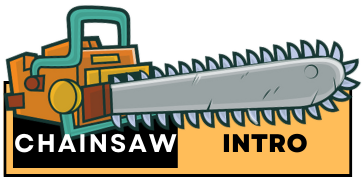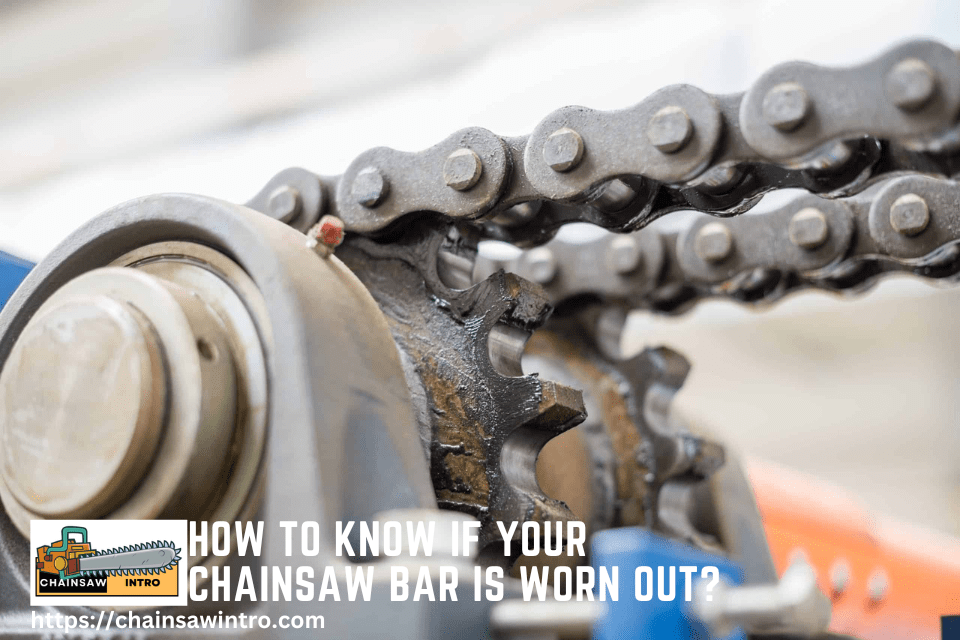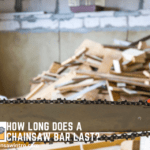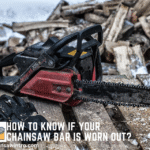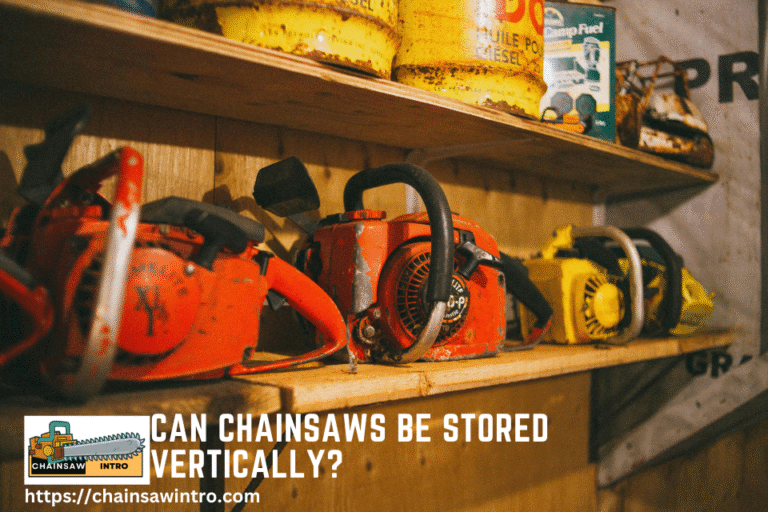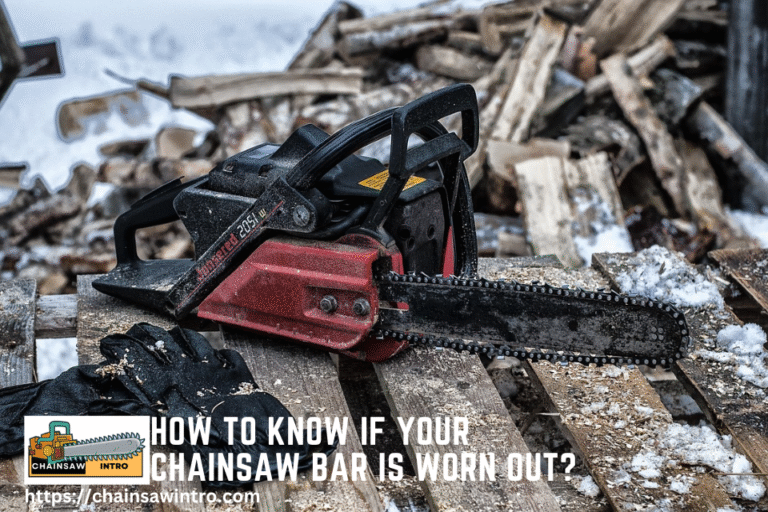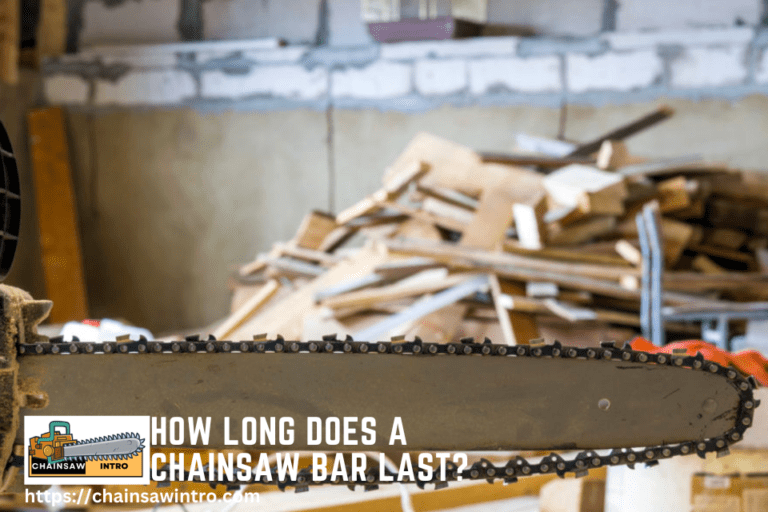A chainsaw is a hardworking tool, and every component plays a role in its performance. While most users pay close attention to the bar and chain, one part that often gets overlooked is the chainsaw sprocket. The sprocket transfers power from the engine to the chain, and when it wears out, it can cause poor cutting performance, premature chain wear, and even safety hazards.
If you’ve been wondering how to identify sprocket issues, this guide will explain the key signs of a worn chainsaw sprocket, why it matters, and when to replace it to keep your saw running smoothly.
Why the Chainsaw Sprocket Is Important?
The sprocket is a small but critical component located at the end of the crankshaft. It meshes with the drive links of the chain, guiding its movement around the bar. Without a properly functioning sprocket:
- The chain won’t spin efficiently.
- Cuts will be slower and rougher.
- The chain and bar may wear out prematurely.
- Safety risks increase due to chain slippage.
Most chainsaws have either a spur sprocket (where the chain directly rides on the sprocket) or a rim sprocket (where the chain rides on a replaceable rim). Both can wear over time and need attention.
Signs That Your Chainsaw Sprocket Is Worn Out
1. Visible Grooves or Notches
The most obvious sign of sprocket wear is visible grooves in the sprocket teeth where the chain drives. If the notches are deep, the sprocket is no longer holding the chain securely.
2. Chain Skipping or Slipping
A healthy sprocket grips the chain drive links firmly. If the chain starts to skip, jump, or slip, it could mean the sprocket is worn and no longer aligning with the chain.
3. Uneven or Accelerated Chain Wear
If you’re replacing chains more frequently than usual, your sprocket could be the culprit. A worn sprocket causes the chain to wear unevenly, stretching it faster.
4. Difficulty Cutting Straight
When the sprocket is damaged, it doesn’t transfer power evenly to the chain. As a result, cuts may feel unsteady or crooked.
5. Vibration and Noise
A worn sprocket often produces more vibration or unusual grinding noises during operation. If your chainsaw feels rougher than usual, it’s worth inspecting the sprocket.
6. Excessive Heat
Friction increases when a sprocket is worn out, which may cause overheating. You might notice smoke, increased bar oil usage, or a burning smell.
How Long Does a Chainsaw Sprocket Last?
On average, a sprocket should be replaced after two to three chains have been used on it. Since chains wear faster than sprockets, many users forget to change the sprocket. However, continuing to use a worn sprocket will shorten the life of your new chains significantly.
How to Inspect Your Chainsaw Sprocket?
Inspecting the sprocket requires basic tools and safety precautions. Begin by powering off the chainsaw, removing the spark plug wire (for gas models) or battery (for electric models), and wearing gloves to avoid sharp edges.
- Remove the bar and chain – This gives you clear access to the sprocket.
- Check for wear patterns – Look for sharp grooves, flat spots, or uneven teeth.
- Examine chain fit – Place the chain on the sprocket and rotate it. If it doesn’t sit flush or wobbles, the sprocket is likely worn.
- Check the nose sprocket (on the bar tip) – Many modern chainsaw bars also have a sprocket at the nose. If it doesn’t spin freely, it may be seized and need replacement.
- Inspect Bearings: For rim sprockets, check the nose bearing for roughness or seizing, as worn bearings often accompany sprocket wear and affect performance.
Professionals recommend inspecting the sprocket every time you replace or sharpen the chain (roughly every 1-2 hours of heavy use) or after incidents like hitting debris.
Can You Repair a Worn Sprocket?
Unlike a bar that can be flipped or a chain that can be sharpened, a worn sprocket cannot be repaired. Filing or reshaping the teeth may seem like a temporary fix, but it weakens the sprocket and creates safety risks. Replacement is the only safe option.
When to Replace the Sprocket?
Unlike chains, sprockets cannot be repaired—worn or damaged sprockets must be replaced. Spur sprockets, integrated with the clutch drum, often cost $20-$50, while rim sprockets are cheaper, around $10-$25. Replace the sprocket if you notice rounded or broken teeth, persistent chain slippage, or significant performance issues that persist after chain and bar maintenance. As a rule of thumb, replace the sprocket after every 2-3 chain replacements to prevent uneven wear on new chains.
Delaying replacement can damage new chains, as worn sprockets cause improper drive link engagement, leading to premature chain wear or breakage. Always match the replacement sprocket to your saw’s pitch and gauge for compatibility.
You should replace your chainsaw sprocket if:
- The sprocket shows deep grooves or notches.
- You’ve already gone through 2–3 new chains.
- The chain skips or doesn’t seat properly.
- You notice increased vibration or poor cutting performance.
Replacing the sprocket along with the chain ensures both wear evenly and perform efficiently.
How to Extend the Life of a Chainsaw Sprocket?
Preventive maintenance can significantly prolong sprocket life. Here are actionable tips to minimize wear:
- Maintain Proper Chain Tension: Keep the chain snug but not overly tight to reduce stress on the sprocket teeth.
- Use Adequate Bar Oil: Ensure the oil reservoir is full to lubricate the chain and sprocket, reducing friction and heat buildup.
- Avoid Debris Contact: Elevate logs on a sawbuck to prevent hitting dirt, rocks, or metal, which can chip or wear sprocket teeth rapidly.
- Clean Regularly: Remove sawdust and debris from the sprocket and clutch area after each session to prevent abrasive wear.
- Match Chain to Sprocket: Use a chain with the correct pitch and gauge to avoid uneven wear or damage to the sprocket.
- Store Properly: Keep the chainsaw in a dry, covered environment to prevent rust, especially after cutting wet wood.
Safety Concerns with a Worn Sprocket
Running a chainsaw with a worn sprocket doesn’t just harm performance — it’s dangerous. A poorly seated chain can derail mid-cut, potentially causing severe injury. That’s why regular sprocket checks should be part of your chainsaw maintenance routine.
Conclusion: Keep Your Chainsaw Sprocket in Top Condition
Your chainsaw sprocket may be small, but it has a huge impact on performance and safety. Knowing the signs of sprocket wear—such as chain skipping, grooves in the teeth, excessive vibration, and accelerated chain wear—will help you catch problems early.
As a rule of thumb, replace the sprocket after using two to three chains, or immediately if you notice visible damage. Combined with proper chain maintenance, regular lubrication, and correct tensioning, a new sprocket will keep your saw cutting smoothly and safely.
By taking a proactive approach to sprocket maintenance, you’ll save money on chains, extend the life of your bar, and ensure your chainsaw works at its best when you need it most.
Frequently Asked Questions
What are the signs of a worn chainsaw sprocket?
Common signs include deep grooves in the sprocket teeth, chain skipping, uneven chain wear, excessive vibration, difficulty cutting straight, and overheating.
How often should you replace a chainsaw sprocket?
Most experts recommend replacing the sprocket after using two to three chains. If you cut frequently, you may need to replace it sooner.
Can a worn sprocket damage my chainsaw chain?
Yes. A worn sprocket causes uneven wear on the chain, making it stretch faster and potentially increasing the risk of chain derailment.
Can I repair a chainsaw sprocket instead of replacing it?
No. Unlike chains or bars, sprockets cannot be repaired safely. Filing or reshaping them weakens the metal. Replacement is the only reliable option.
What’s the difference between a spur sprocket and a rim sprocket?
A spur sprocket has the teeth built into the clutch drum, while a rim sprocket uses a replaceable rim. Rim sprockets are easier and cheaper to maintain since only the rim needs replacing.
How do I extend the life of my chainsaw sprocket?
Use the correct chain size, maintain proper chain tension, keep your chain sharp, lubricate regularly, and inspect the sprocket whenever you replace or sharpen your chain.
William C. Bozeman is a seasoned chainsaw expert and outdoor power tool enthusiast with over a decade of hands-on experience in tree cutting, forestry, and property maintenance. Having worked with leading chainsaw brands like Stihl, Husqvarna, and Oregon, Bozeman shares practical knowledge, safety tips, and honest reviews to help homeowners, DIYers, and professionals make informed decisions.
